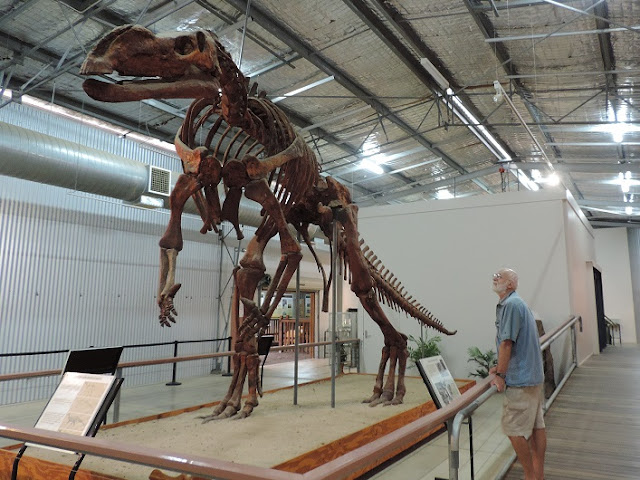Ratings: CP ** Surroundings ***
Pelicans and silver gulls come for a chat at low tide.
A stop for lunch on the Esplanade in the town of Hervey Bay. We walked the Urangan Pier (868 metres) and discovered that the original pier was 1124 metres long. It was built in 1917 for a steam train to carry sugar, coal and timber to ships for export around the world but exporting ceased in 1980. Regular ferries leave the port at Hervey Bay for Fraser Island.
Silhouettes on the bay as the rising sun farewells us on our final morning at Burrum Heads.








































